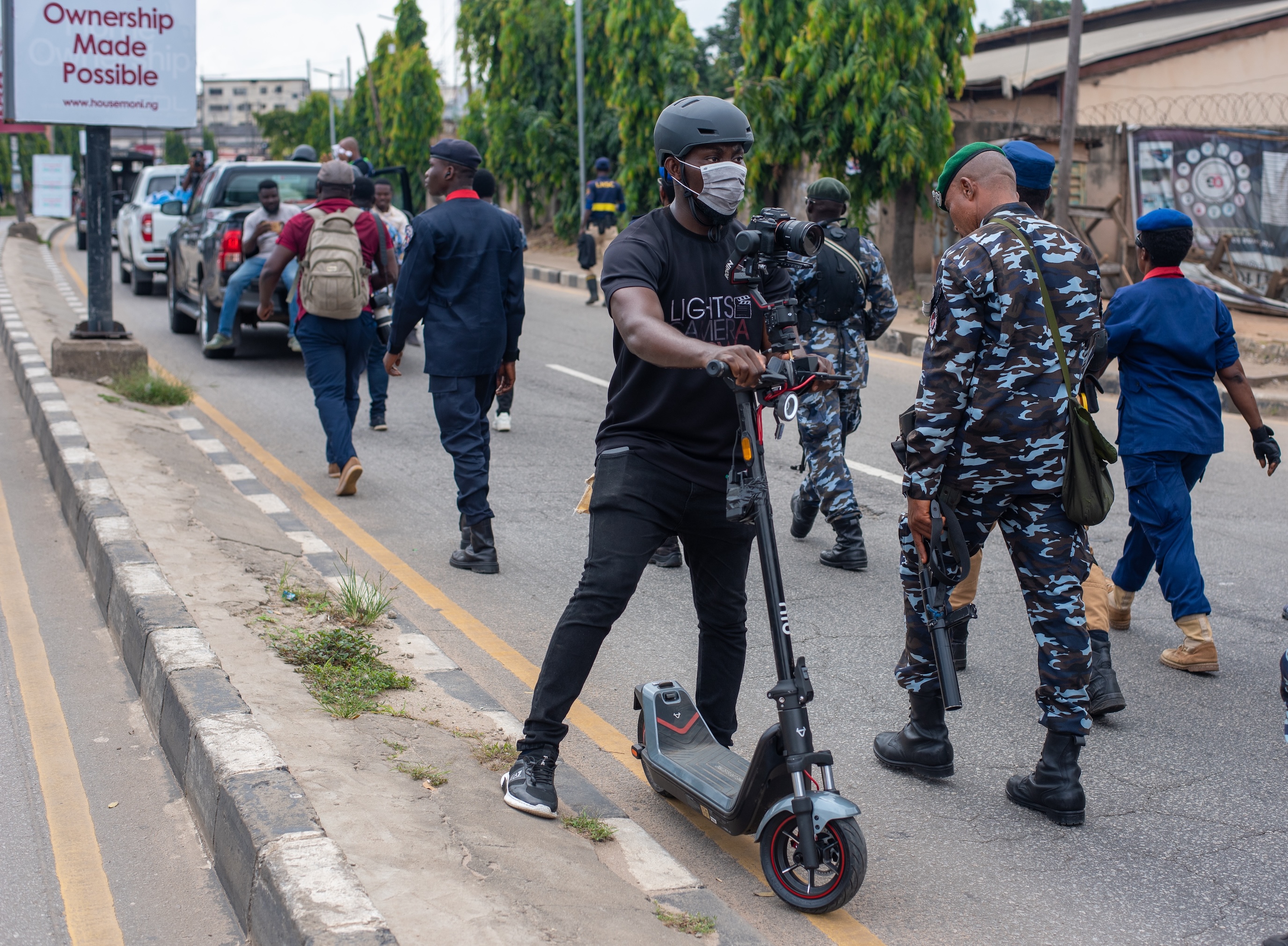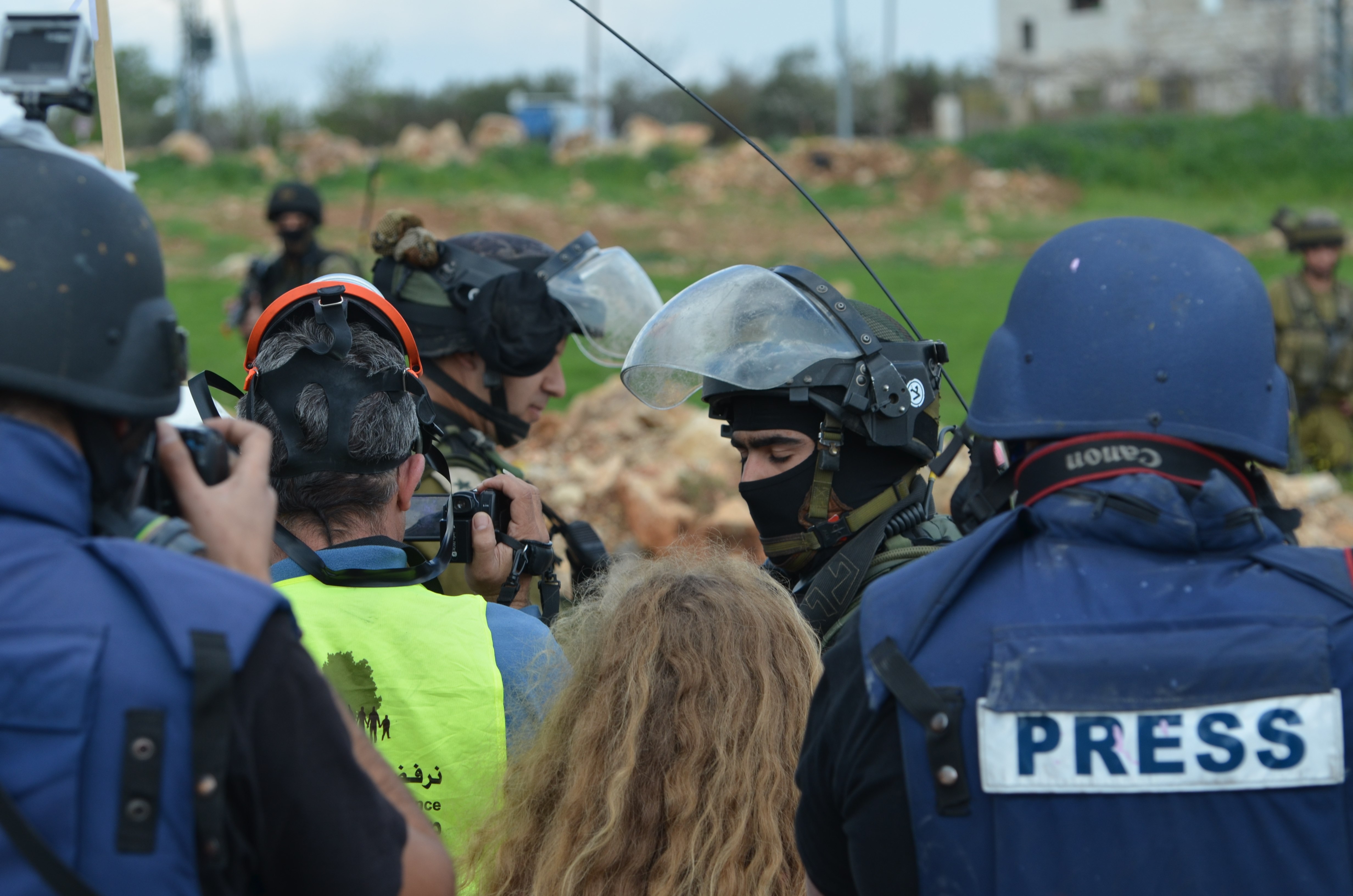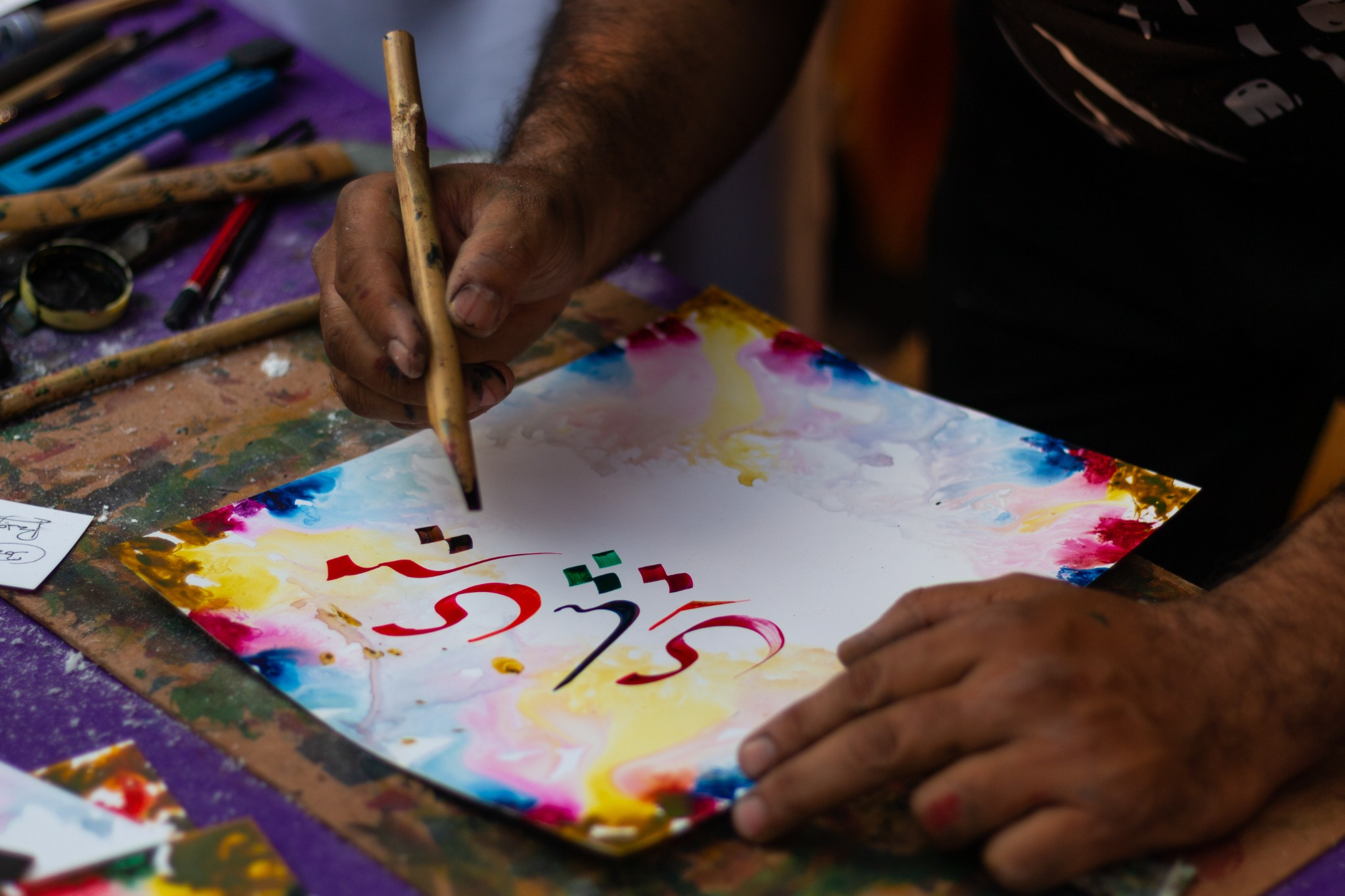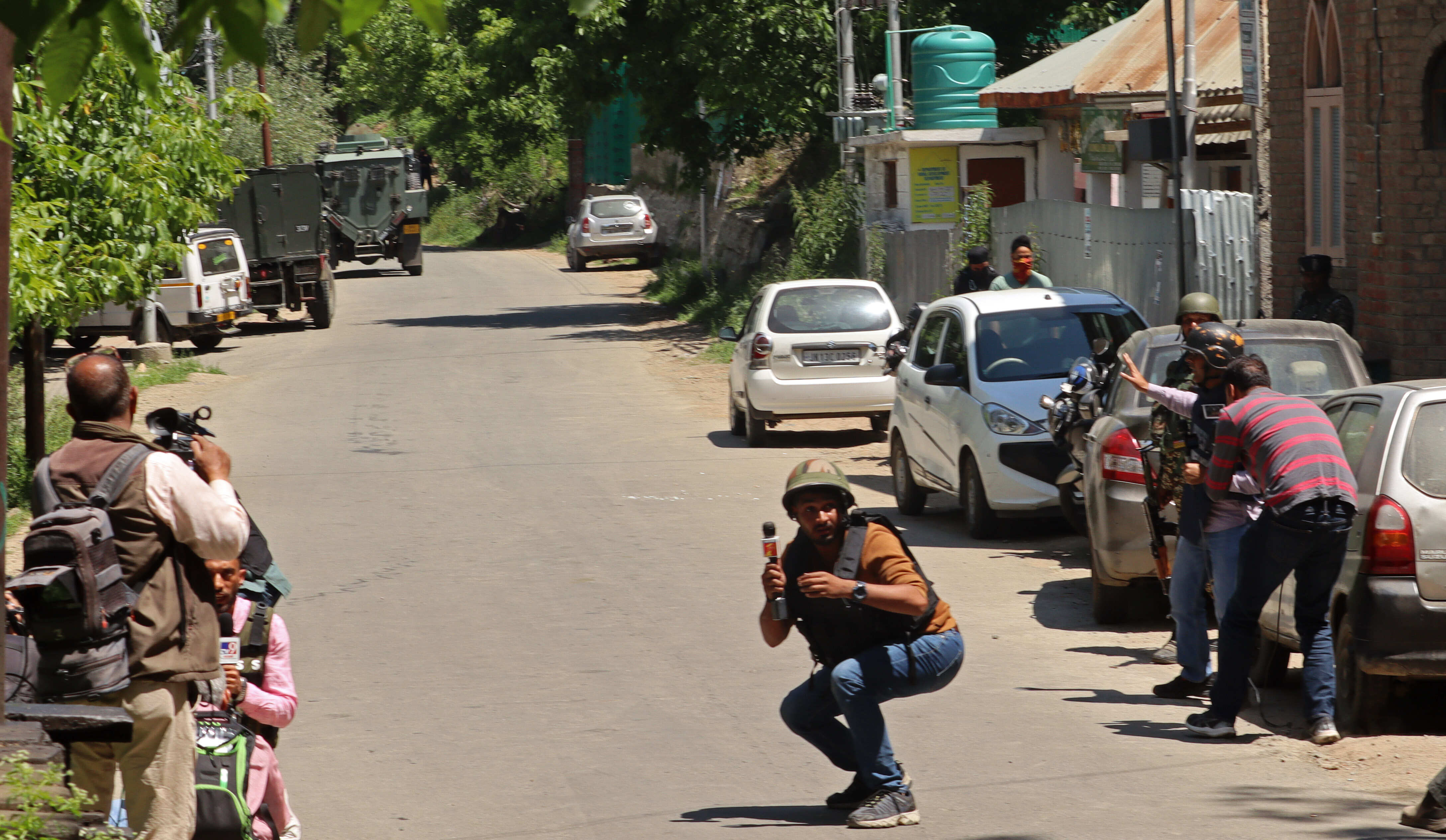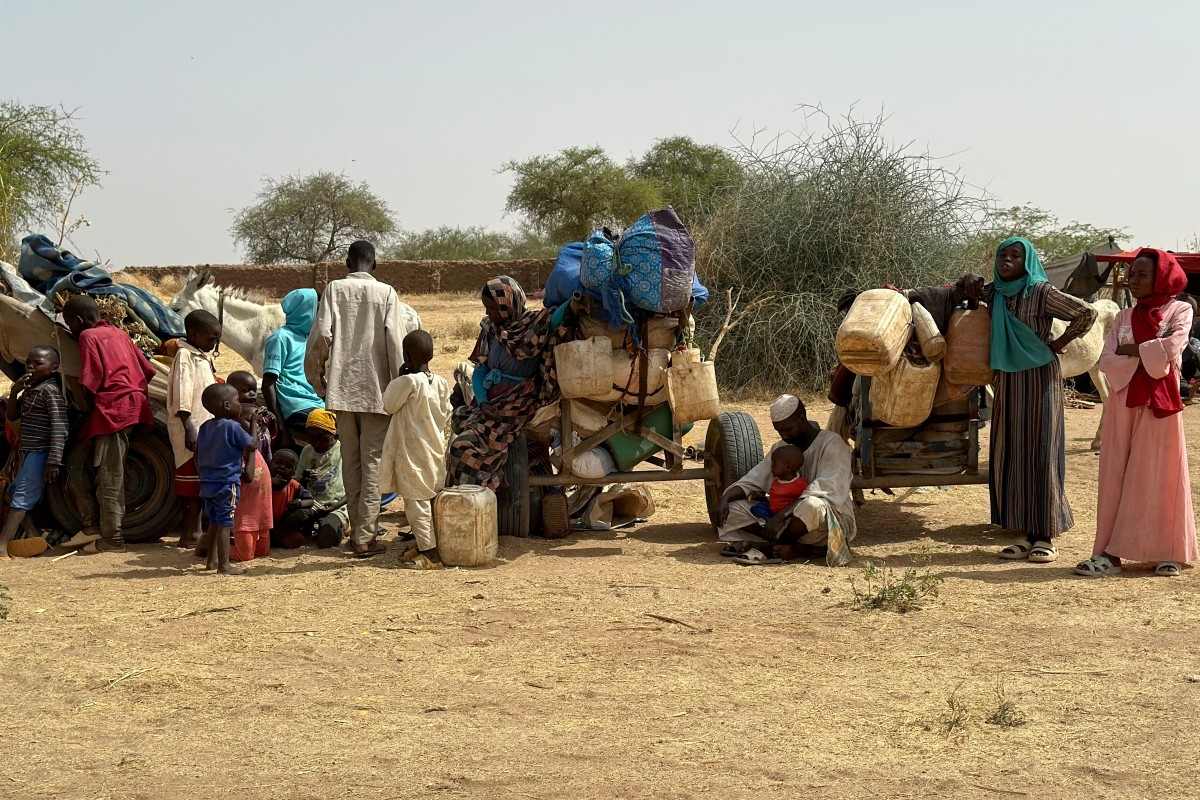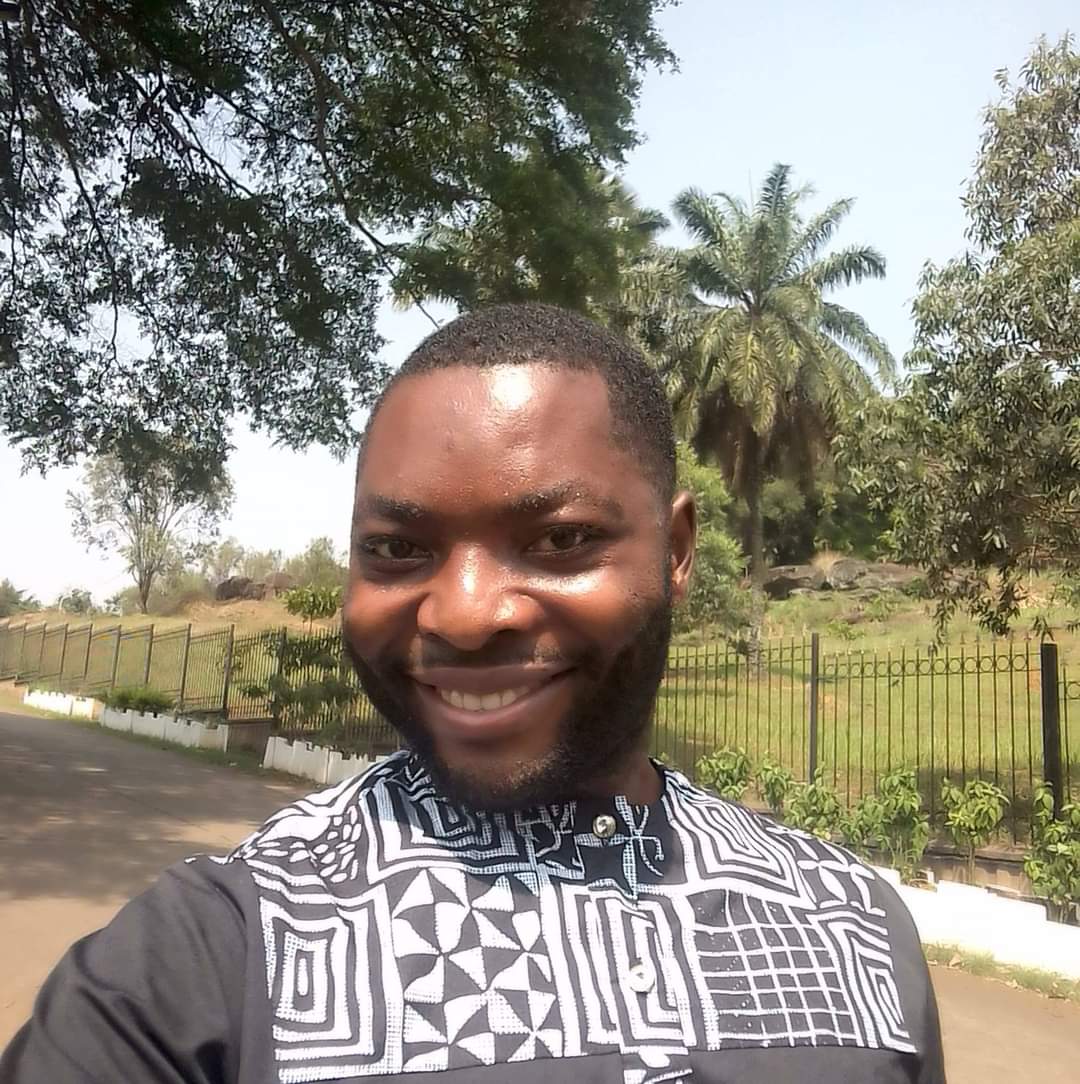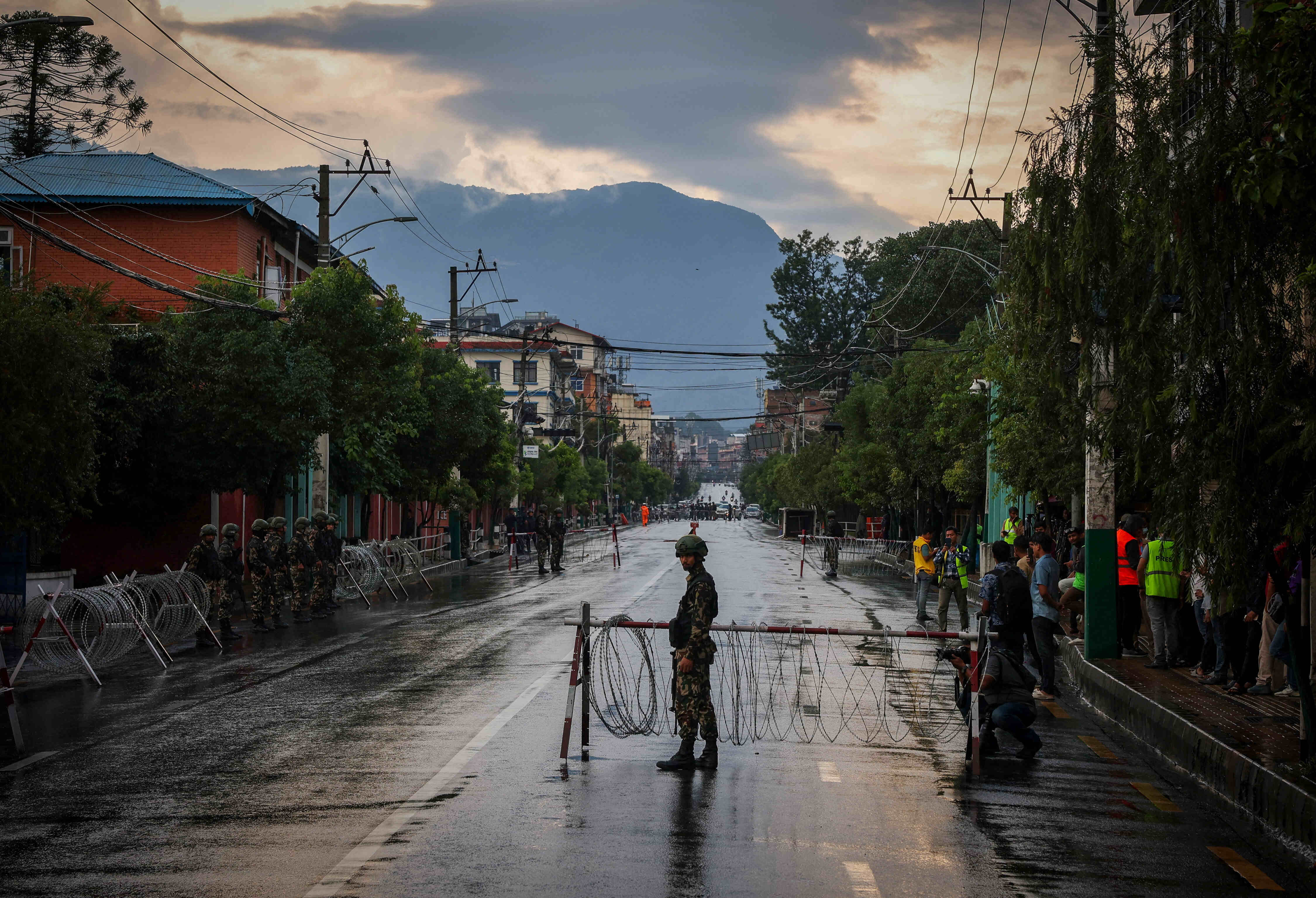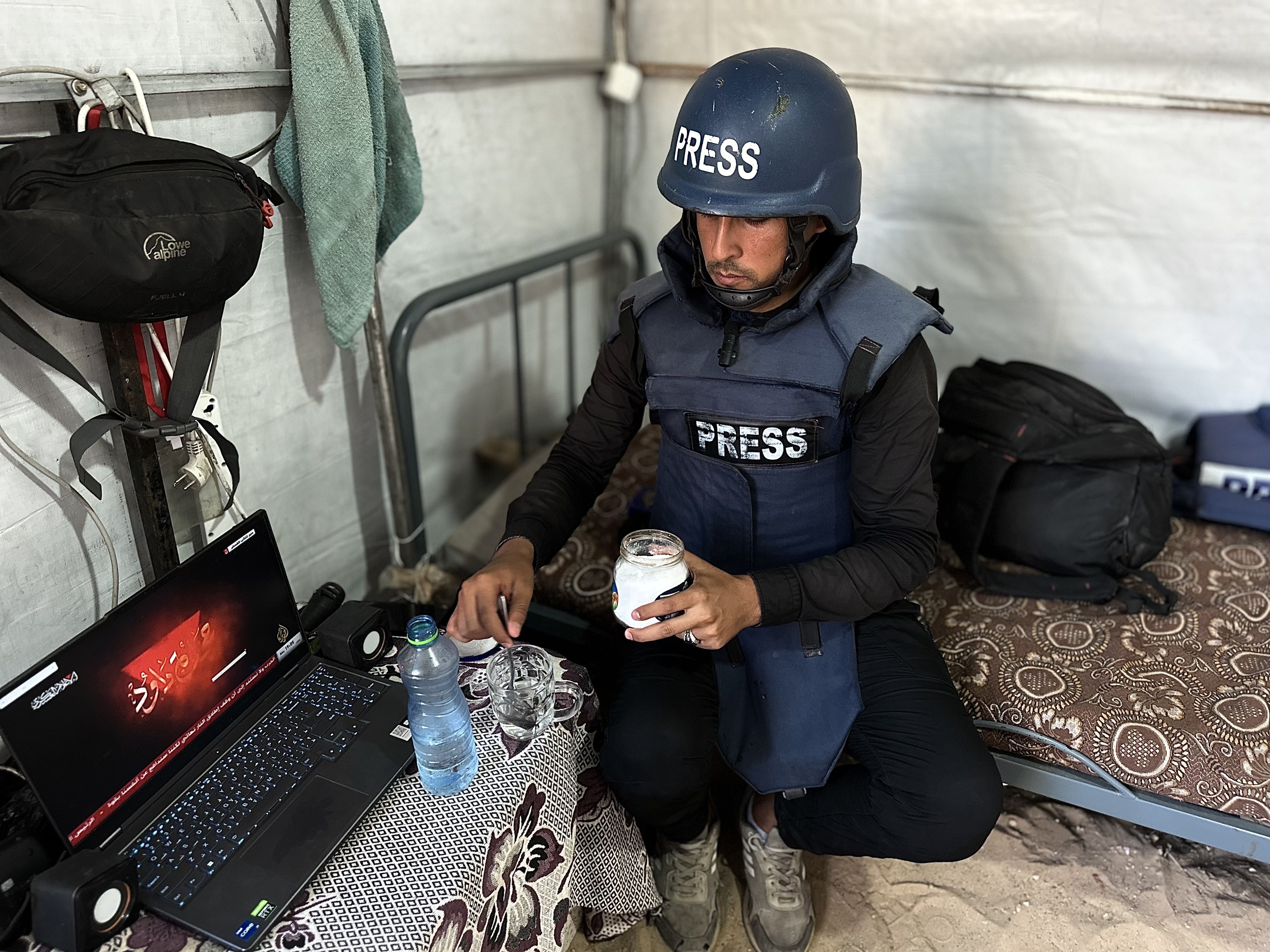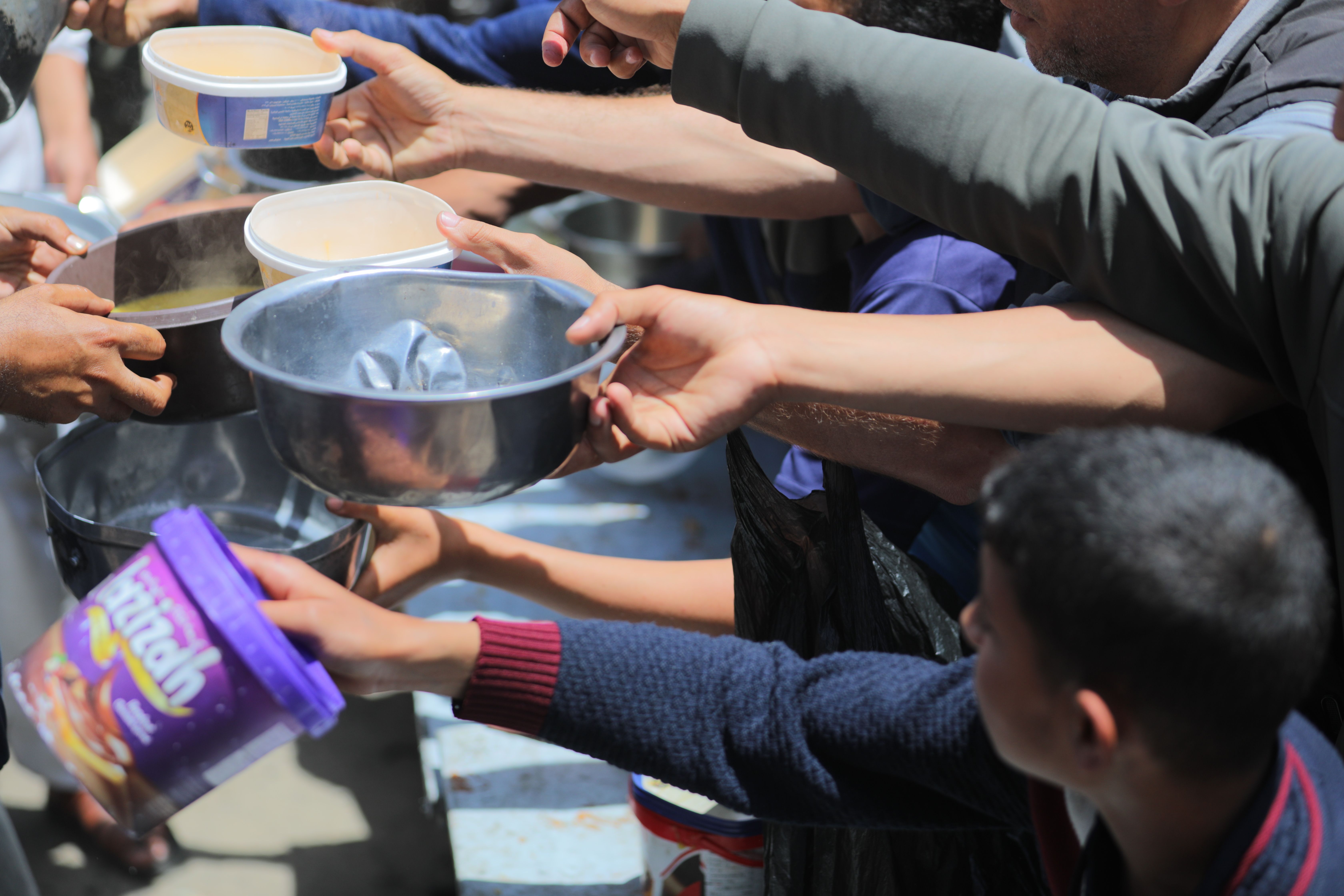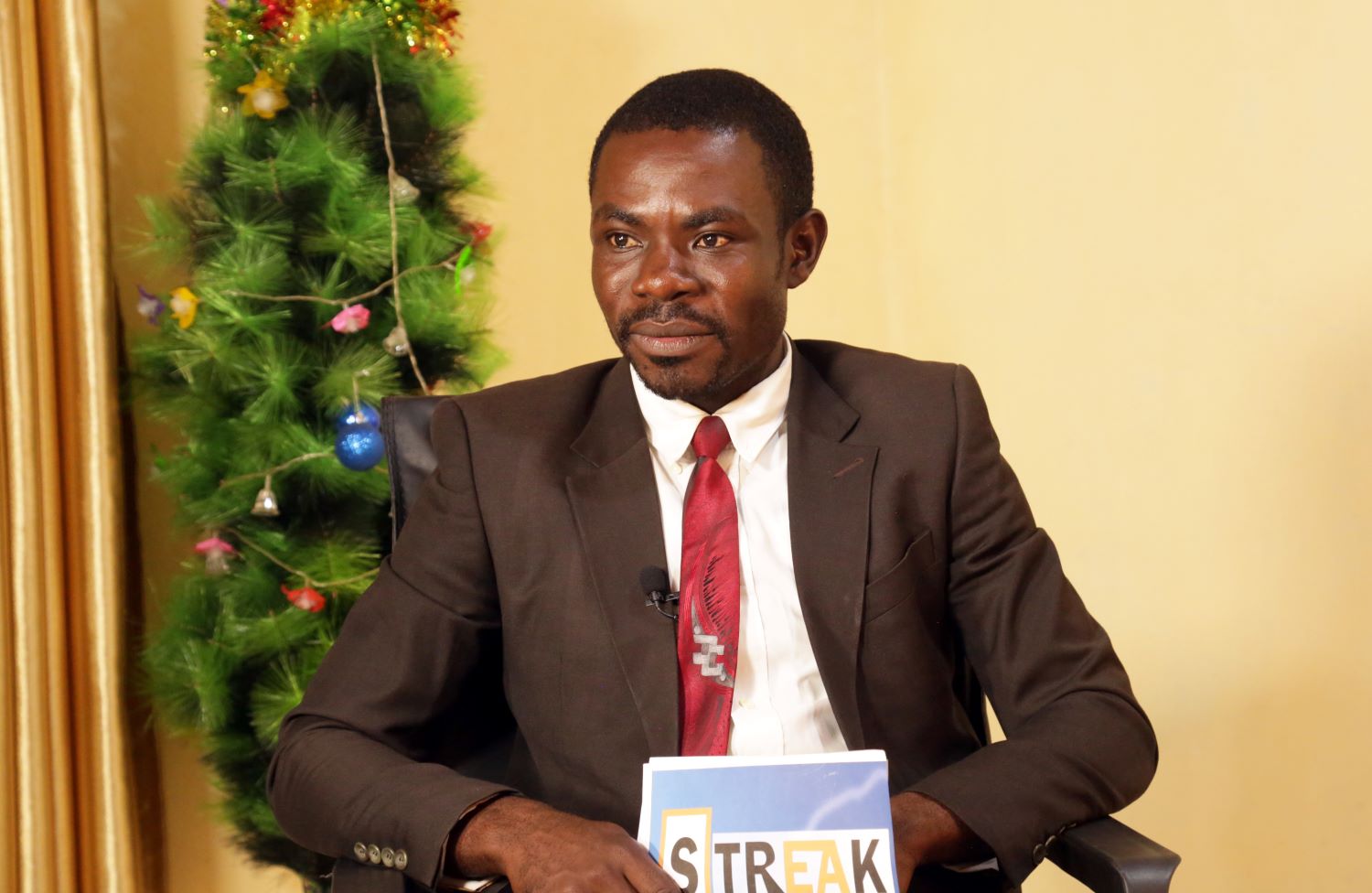In the second part of our special series on using open-source intelligence in journalism, we look at what makes a good investigation
An open source investigation (OSINT) uses intelligence gathering techniques and technologies including satellite imagery, social media posts and user-generated content to uncover the invisible. In recent years, open source investigations have become one of journalism’s most valuable tools, largely due to its ability to tap into vast amounts of publicly available online information to reveal otherwise untold stories.
Collecting and analysing publicly available data and information from across the internet can include anything from analysing an IP address all the way through to interrogating public governmental records.
Read more:
Open-Source Investigations, Part 1: Using open-source intelligence in journalism
Al Jazeera Media Institute Open-Source Investigation Handbook
What is OSINT? Open source intelligence is the application of intelligence gathering techniques and technology to investigations that make use of open source data.
Security adjunct professor at Columbia University Mark M Lowenthal defines OSINT as “any and all information that can be obtained from the overt collection: all media types, government reports, and other files, scientific research and reports, business information providers, the Internet, etc”.
The learning process of how to use open source tools is constantly evolving. The Al Jazeera Media Institute Open-Source Investigation Handbook provides core elements and tools for journalists who are interested in conducting open-source investigations. It introduces a framework and outlines ethical approaches, while examining case studies, to analyse the fundamentals of online search and research techniques for investigations.
Whether it involves using search engines to gather documentation, examines videos and satellite imagery to collect critical evidence, or evaluates data gathered from an online database, this handbook offers journalists the necessary skills to acquire and verify documentation.
From early conflict and environmental monitoring to high-profile investigations such as Anatomy of a Killing, using advanced open source techniques has quickly developed to become a crucial practice for journalists in both long-form investigations and breaking news. Open source techniques involve researching, selecting, archiving and analysing information from publicly available sources.

An effective open source investigation begins by addressing these three questions: What do we need to know? Why do we need to know it? Who might have the information we need?
While various open source guidebooks available to investigative journalists differ on the exact process that should be followed in an open source investigation, they all agree on certain fundamentals.
First, you must have a clear strategy and framework in place for acquiring and using open source information. This involves identifying which investigation to pursue and how to transform your findings into an engaging story.
Second, you must identify a set of tools and techniques for collecting and processing open source information without compromising the safety of your subject matter or those involved in investigating the story.
Third, you should develop the right strategies to validate your findings. Collaboration is an important consideration here.
Finally, as in many parts of the world information is heavily controlled, knowing how to preserve and archive data remains an important element that can affect accountability mechanisms.
Benefits
● Wide array of information to collect
● No or low barriers to access
● Easy-to-locate publicly available data
Risks
● Identity exposure
● Counterattacks from online adversaries
● Collection of misinformation
Debunking Myths about OSINT
● Open Source investigation is just Googling
● Open Source investigation is only for cybersecurity professionals
● Open Source investigation is only for tech-savvy individuals or experts
● Open Source investigation is surveillance and violates privacy
Tips for an open source investigator
1. YOUR SECURITY IS PARAMOUNT – Don’t forget to keep your identity hidden while searching.
2. BE CAREFUL – You really need a good eye for small details. A successful open source investigator has sharp observational skills to detect even the slightest bit of information that might contribute to the bigger picture.
3. PERSEVERANCE – To be a successful open source investigator, you need to stick out the seemingly never-ending process of compiling data and research.
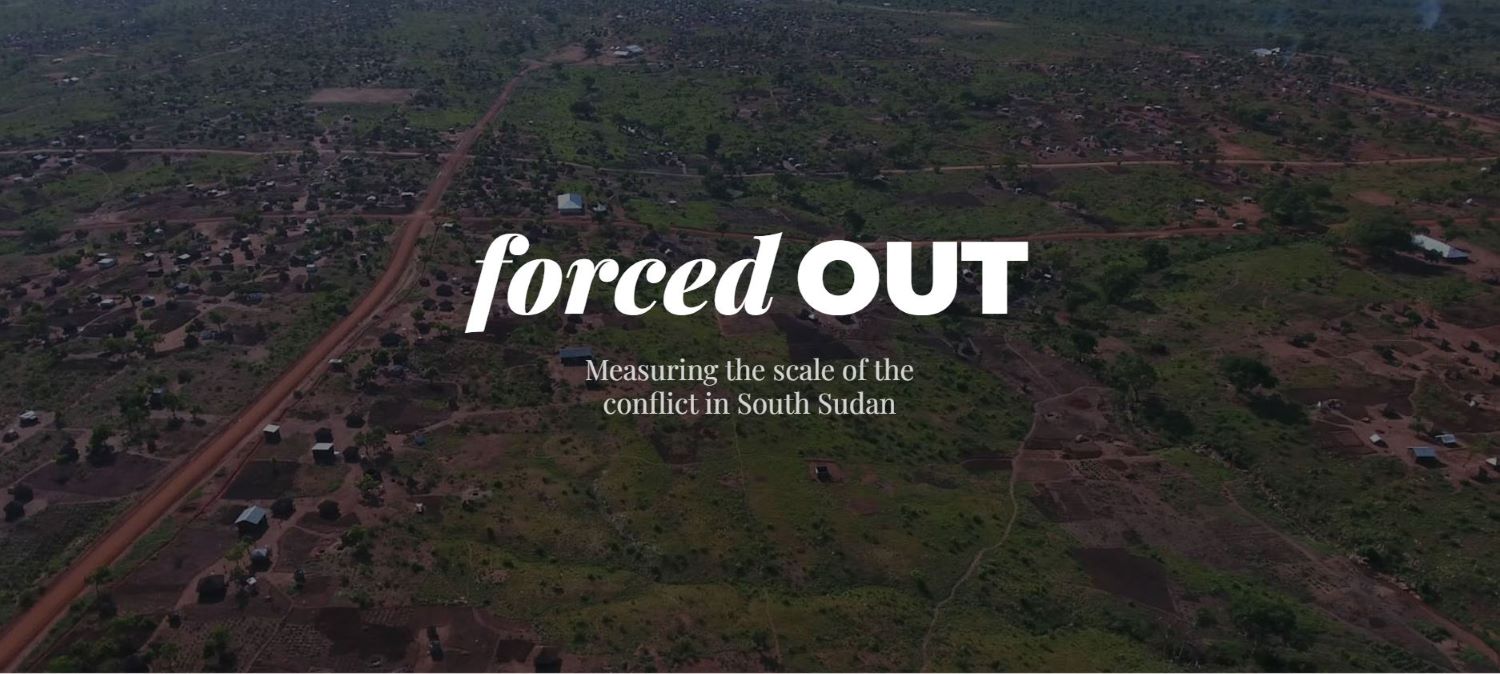
Case Study
Forced out - Measuring the scale of the conflict in South Sudan
In 2019, Al Jazeera’s AJLabs data journalism team, in partnership with the Pulitzer Center, published an open source investigation to better understand the complexities and scale of displacement and land rights in South Sudan.
For this story, Carolyn Thompson and Kristen van Schie worked with land rights experts and statisticians to survey more than 35,000 random phone numbers across South Sudan in order to paint an accurate picture of displacement across the world’s youngest nation which had descended into civil war.
As of 2019, nearly 2.5 million refugees had fled to neighbouring countries.
As many journalists are denied access to or even barred from reporting within the country, Al Jazeera used a mobile phone survey to gather information from those in places traditional journalism cannot reach. That data, which included questions on demographics, displacement, destruction, and plans to return home was then verified against other reporting tools, including satellite imagery, on-the-ground interviews, UN reports, public records, photos of the destruction and testimonies from internally displaced people and refugees.
The result was an interactive longform which included maps, videos, infographics and before-and-after sliders.
In 2020, the Investigative Reporters and Editors (IRE) awarded the story third place in the Philip Meyer Award for “an outstanding example of a determined group of reporters using social science methods to get to the root causes of a refugee crisis, even with severely limited press freedom, possible government interference, and a scared population.”
This article has been adapted from the Al Jazeera Media Institute’s Open-Source Investigation Handbook


